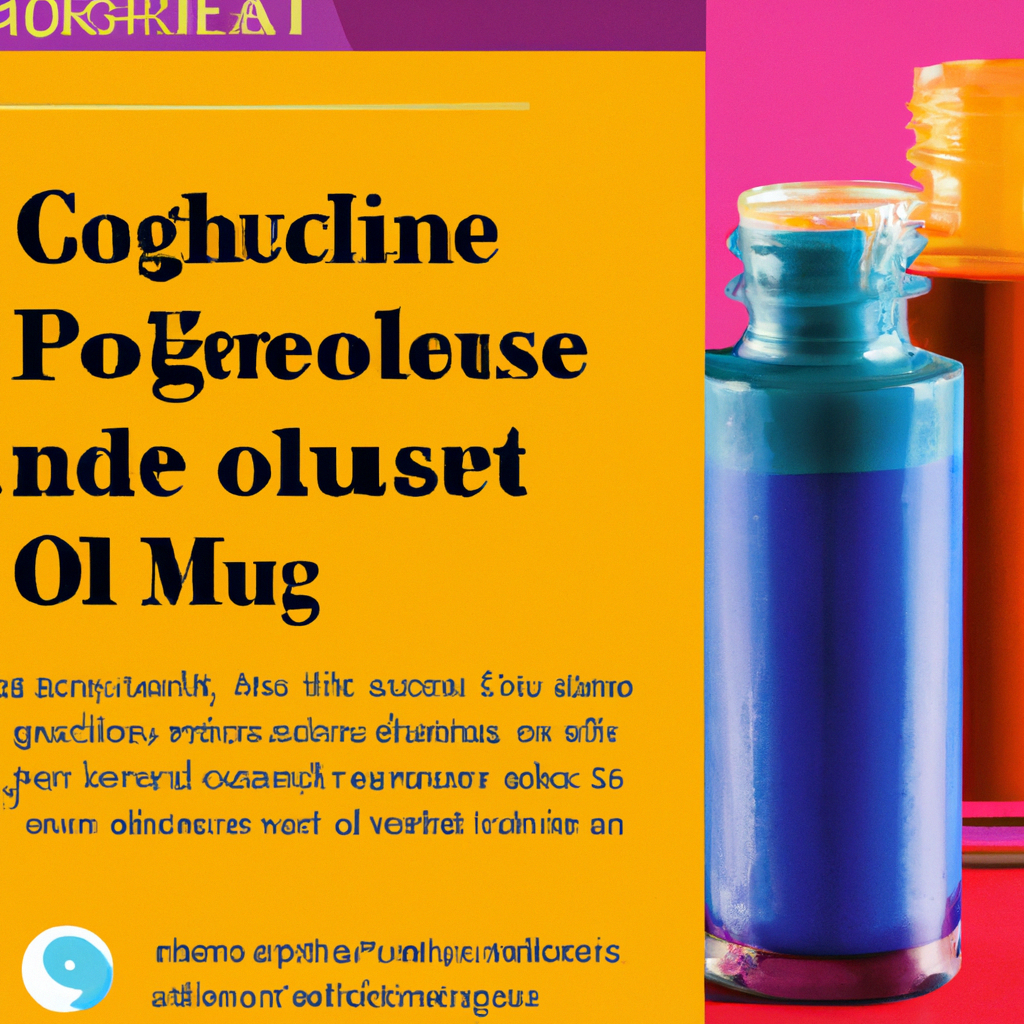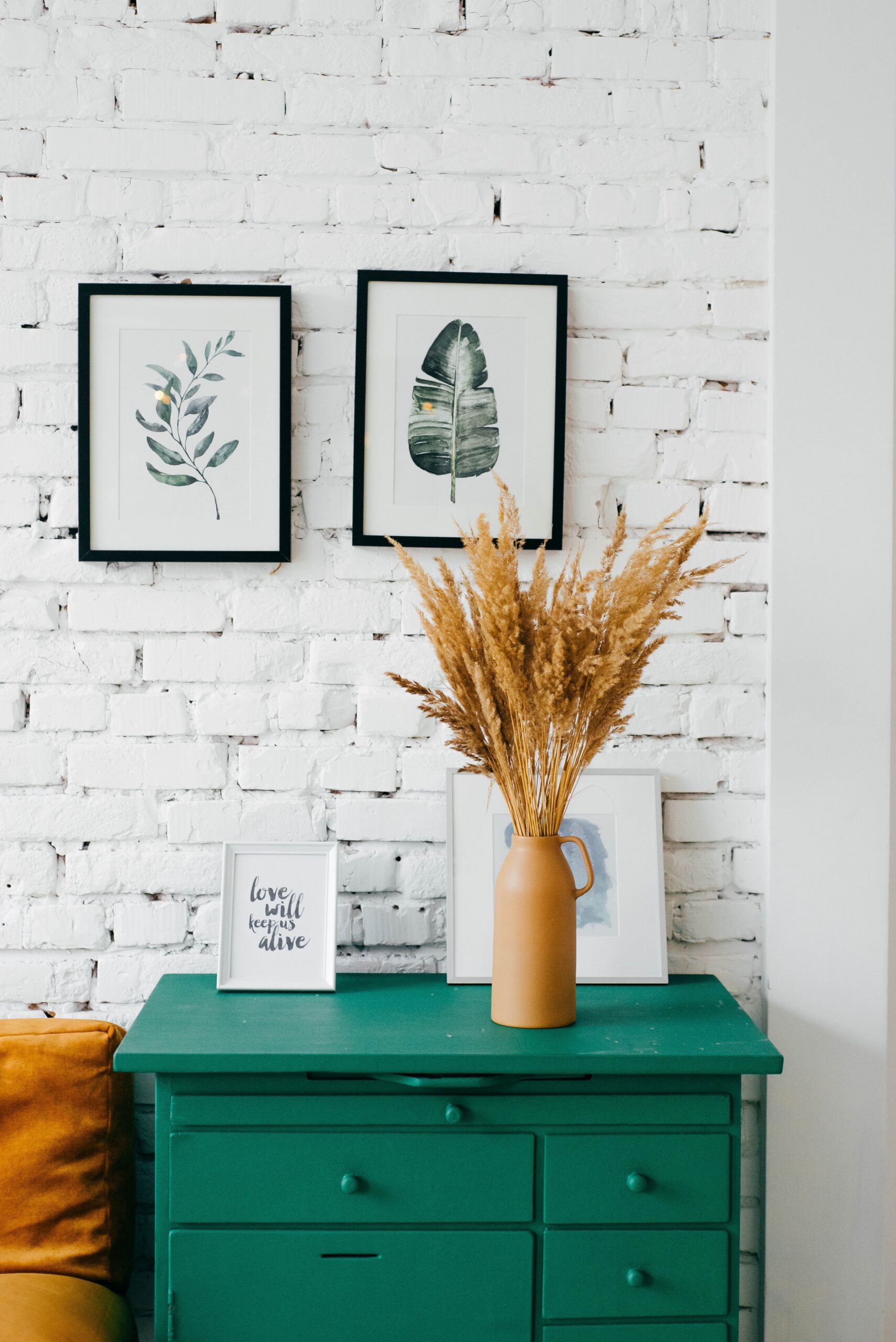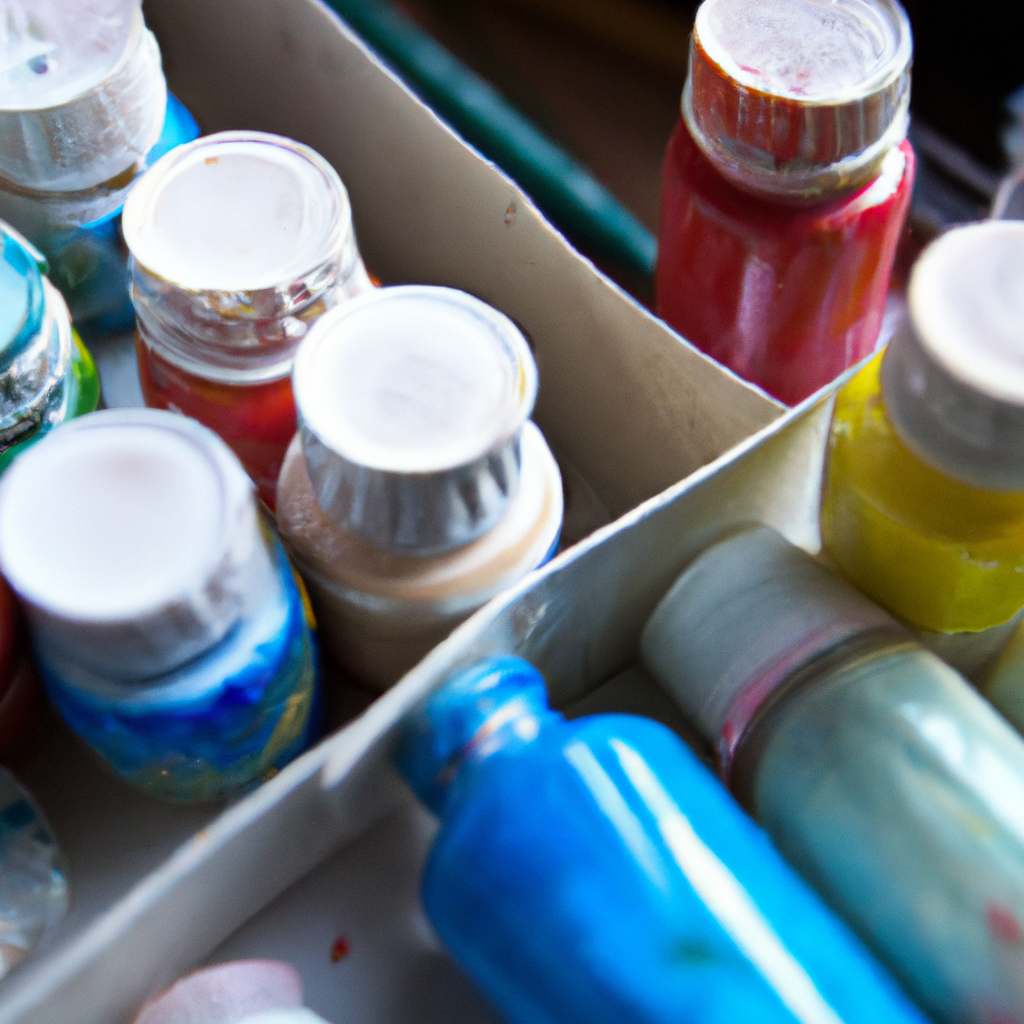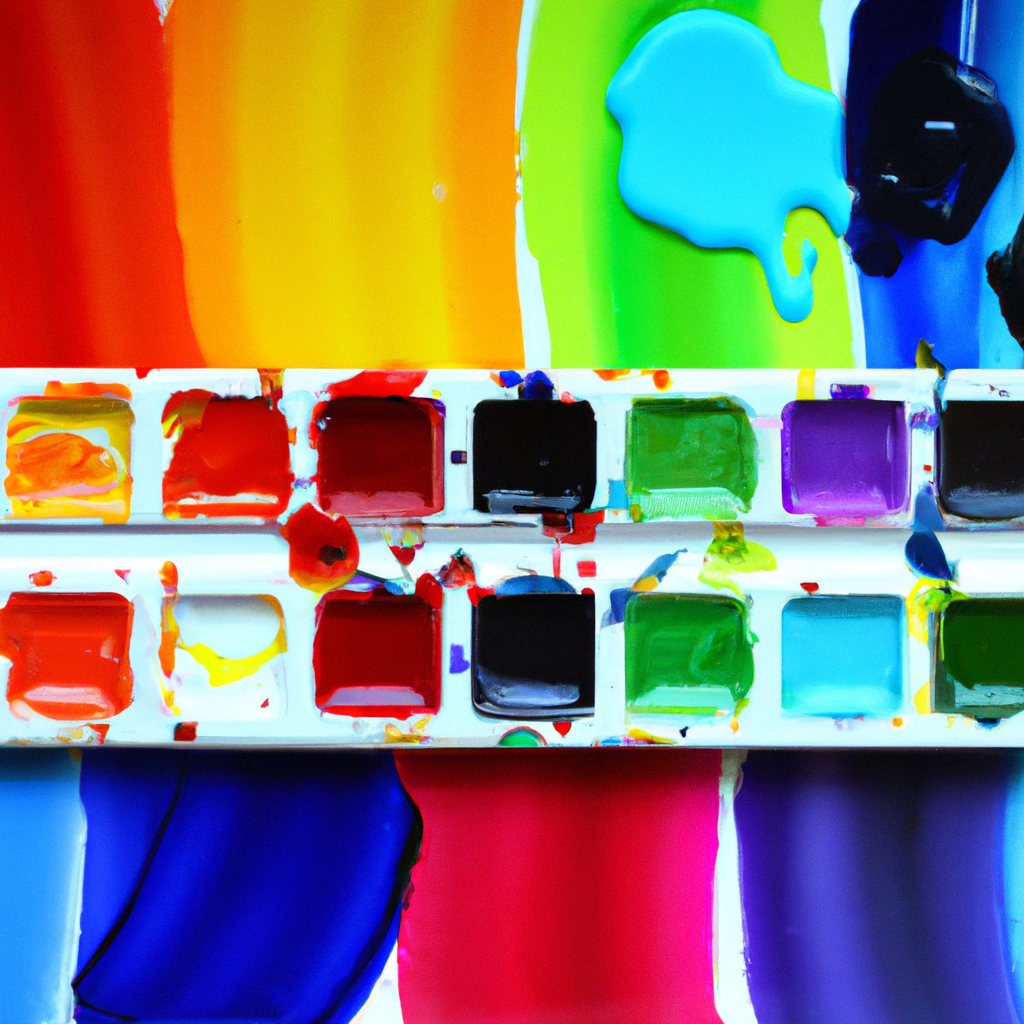Gouache paint, with its vibrant colors and opaque qualities, has long been a favorite choice for artists seeking a unique and versatile medium. In this article, we will explore the question of whether gouache paint can indeed be considered a painting medium. By examining its properties, applications, and historical usage, we will gain insight into the ways in which gouache paint can be utilized by artists to create stunning and captivating works of art. Whether you are a seasoned painter or simply curious about this intriguing medium, this article aims to provide a comprehensive understanding of the role of gouache paint in the realm of painting.
What is Gouache Paint
Gouache paint is a versatile painting medium that is known for its unique qualities and characteristics. It is a type of opaque watercolor paint that is made up of pigment, binders, and additives. Gouache paint has been used by artists for centuries, and its popularity continues to grow due to its vibrant colors and ability to create a matte finish. This article will provide a comprehensive overview of gouache paint, including its definition, composition, characteristics, application, advantages, disadvantages, tips and techniques, choosing and buying, as well as caring for gouache paintings.
Definition of Gouache Paint
Gouache paint is a type of paint that is similar to watercolor but differs in its composition and opacity. The term “gouache” originated from the Italian word “guazzo,” which means “mud.” Gouache paint consists of pigment, a binder (usually gum arabic), and additives such as chalk or calcium carbonate. These ingredients give gouache paint its unique characteristics, which will be further discussed in the following sections.
Composition of Gouache Paint
The composition of gouache paint plays a significant role in its characteristics and application. It typically consists of a high concentration of pigment, a binder, and additives. The high pigment concentration in gouache paint results in vibrant and opaque colors. The binder, usually gum arabic, helps to hold the pigment particles together and allows the paint to adhere to various surfaces. Additives, such as chalk or calcium carbonate, are added to gouache paint to increase its opacity and create a matte finish. Additionally, other additives like glycerin may be included to enhance the paint’s flow and extend its drying time.
Characteristics of Gouache Paint
Gouache paint possesses several unique characteristics that set it apart from other painting mediums. Understanding these characteristics can help artists make informed decisions regarding its application and usage.
Opacity and Coverage
One of the defining characteristics of gouache paint is its exceptional opacity. Unlike transparent watercolors, gouache is highly pigmented and offers excellent coverage. This opacity allows artists to easily cover mistakes or underlying layers, making gouache an ideal choice for artists who prefer the ability to make adjustments and corrections.
Matte Finish
Gouache paint dries to a matte finish, which gives artwork a unique and velvety appearance. This matte finish can enhance the colors and create a visually appealing effect, particularly when combined with other mediums or used for specific artistic styles.
Water Soluble
Gouache paint, like watercolor, is water-soluble. This means that you can dilute the paint with water to create different values, gradients, and effects. It also allows for easy clean-up, as brushes and palettes can be cleaned with water.
Quick Drying Time
Although gouache paint is water-soluble, it has a relatively quick drying time compared to other painting mediums. The drying time of gouache paint can vary depending on factors such as the thickness of the paint, humidity levels, and environmental conditions. Artists can take advantage of this quick drying time to build up multiple layers or work in a more time-efficient manner.
Reactivation with Water
Unlike other painting mediums that dry permanently once they are dry, gouache paint can be reactivated even after it has dried. By applying water to a dry gouache painting, the paint can be rewetted and manipulated, allowing artists to make changes or corrections to their artwork.

This image is property of images.unsplash.com.
Application of Gouache Paint
Gouache paint finds its application across various artistic disciplines and is valued for its versatility and unique qualities. The following sections explore some of the common applications of gouache paint.
Traditional Painting
Gouache paint has a long history in traditional painting, dating back many centuries. It has been highly regarded by artists due to its vibrant colors, opaque coverage, and ability to create fine details. Traditional painters often use gouache paint to create still life, landscapes, portraits, and other subjects, and it can be applied to a wide range of surfaces such as paper, canvas, board, or even glass.
Illustration and Design
Gouache paint is widely used in illustration and design due to its versatility and ability to create bold, solid colors. Illustrators and designers often utilize gouache paint for book illustrations, graphic design projects, cartoons, and posters. Its opaque nature and quick drying time make it particularly suitable for producing vibrant and eye-catching visuals.
Craft and Decorative Arts
Gouache paint is also popular in the realm of craft and decorative arts. Its vibrant colors and matte finish make it an excellent choice for creating decorative items, such as greeting cards, bookmarks, gift tags, and handmade crafts. Gouache paint can be easily applied to various surfaces, including wood, ceramics, and fabric, making it a versatile medium for creating unique and personalized pieces.
Gouache Paint vs. Other Painting Mediums
When comparing gouache paint to other painting mediums, such as watercolor, acrylic paint, and oil paint, there are several notable differences that artists should consider. Understanding these differences can help artists determine the best medium for their specific needs and artistic goals.
Gouache Paint vs. Watercolor
While gouache and watercolor paints share some similarities, such as water solubility, they differ primarily in their opacity and coverage. Gouache paint is significantly more opaque than watercolor, allowing for more vibrant colors and greater coverage. Watercolor, on the other hand, is known for its transparency and ability to create ethereal and delicate washes of color. Additionally, gouache paint has a quicker drying time compared to watercolor, which can be advantageous when working on time-sensitive projects.
Gouache Paint vs. Acrylic Paint
Gouache paint and acrylic paint have different characteristics that make them suitable for various applications. Acrylic paint dries to a permanent and waterproof finish, while gouache paint can be reactivated with water. Gouache paint offers a matte finish, while acrylic paint can be manipulated to create glossy or satin finishes. Additionally, acrylic paint is known for its versatility and ability to be used on a wide range of surfaces, while gouache paint is commonly used on paper and canvas.
Gouache Paint vs. Oil Paint
Gouache paint and oil paint belong to two different categories of painting mediums. Oil paint is known for its slow drying time, blending capabilities, and rich colors, while gouache paint is water-soluble, dries quickly, and offers a matte finish. Oil paint is often favored by artists who prefer to work with layers and achieve a high level of detail, while gouache paint is popular among artists who prefer a more immediate and forgiving medium.
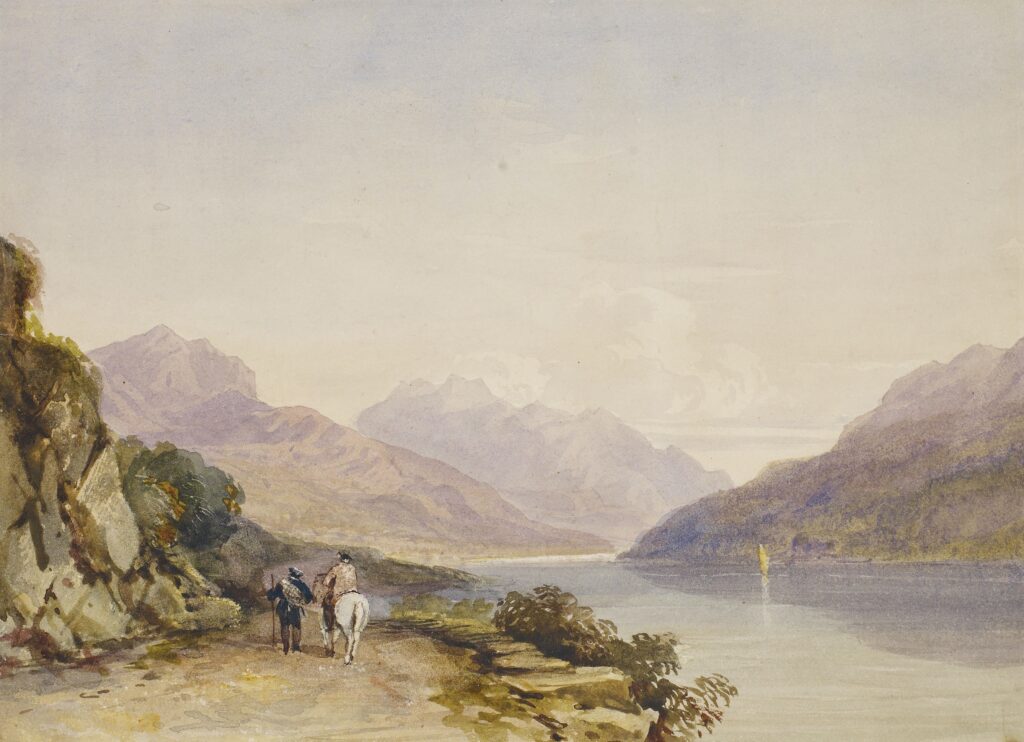
This image is property of images.unsplash.com.
Advantages of Gouache Paint
Gouache paint offers several advantages that make it a popular choice among artists. Understanding these advantages can help artists appreciate the unique qualities of gouache and make informed decisions in their artistic practice.
Versatility
One of the major advantages of gouache paint is its versatility. It can be applied to a wide range of surfaces, including watercolor paper, illustration board, canvas, and even wood. Gouache paint can also be used in combination with other mediums, such as watercolor, acrylic, and colored pencils. This versatility allows artists to experiment with different techniques and styles.
Layering and Blending
Gouache paint is well-suited for layering and blending techniques. Its opaque nature allows artists to build up multiple layers of paint, achieving depth and dimension in their artwork. Additionally, gouache paint can be easily blended, allowing for seamless transitions between colors and creating unique effects.
Flaw Correction
Gouache paint’s opaque properties make it an excellent choice for correcting mistakes and flaws. Unlike transparent mediums like watercolor, gouache allows artists to easily cover up errors or make adjustments to their artwork. This quality makes gouache particularly forgiving for artists who are still learning or experimenting with different techniques.
Portability
Gouache paint is a highly portable medium, making it convenient for artists who enjoy working outdoors or on-the-go. It is available in various formats, including tubes, pans, and even travel sets, which can easily fit into an artist’s bag or backpack. The ability to use gouache paint without the need for extensive equipment or solvents makes it a practical choice for plein air painting or art journaling.
Disadvantages of Gouache Paint
While gouache paint offers numerous advantages, there are also a few disadvantages to consider.
Limited Color Mixing
Compared to other painting mediums, gouache paint has limitations in color mixing. Due to its opacity, blending different colors can result in a dull or muddy appearance. It may require a bit more skill and experimentation to achieve vibrant and harmonious color combinations with gouache. However, with practice and understanding of color theory, artists can overcome this limitation and achieve desired results.
Drying Time
Although gouache paint has a relatively quick drying time compared to oils, it still dries faster than watercolor. This can sometimes pose challenges when working on larger or more complex works of art, as the paint may dry before the desired blending or layering is achieved. Artists may need to work efficiently or use additives to extend the drying time of gouache paint.
Fragility of Dry Paint Film
Once gouache paint has dried, its paint film can be delicate and susceptible to damage. The dry paint film may crack or flake if not handled with care. It is recommended to protect gouache paintings with an appropriate sealant or to frame them behind glass for added protection.
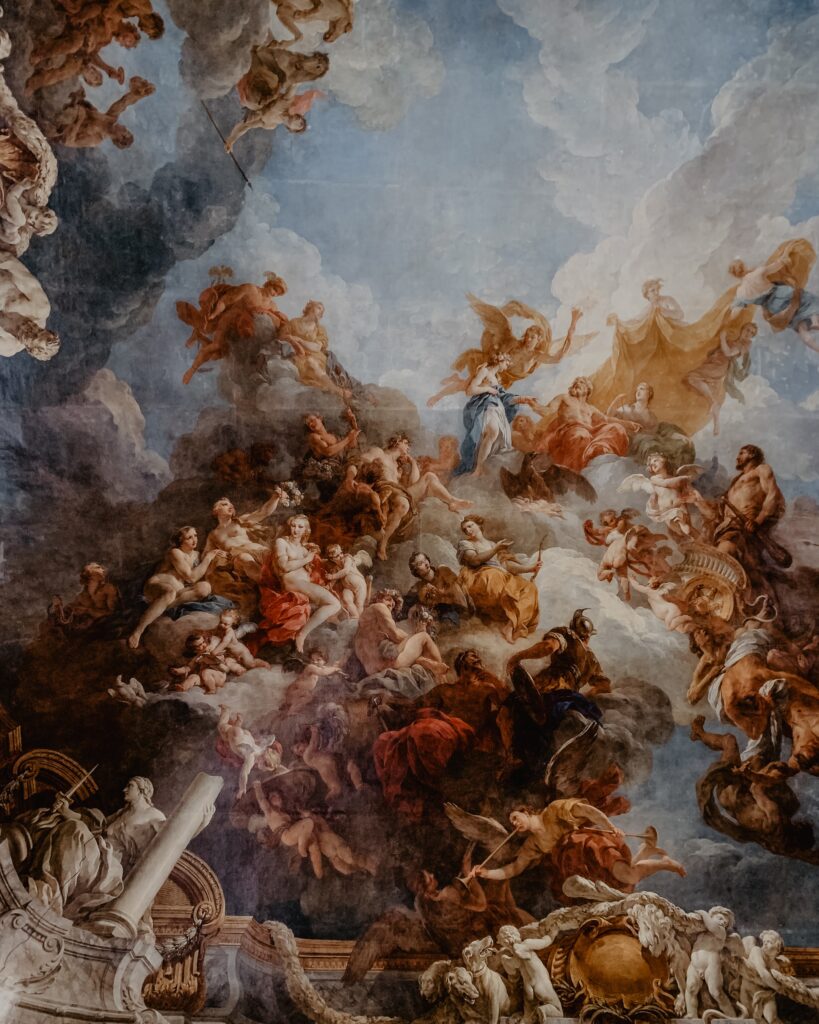
This image is property of images.unsplash.com.
Tips and Techniques for Using Gouache Paint
To make the most out of gouache paint, artists can employ various tips and techniques to enhance their artwork. These techniques can help artists control the opacity, achieve desired effects, correct mistakes, and finish their paintings effectively.
Preparation and Mixing
Before starting a gouache painting, it is essential to prepare the working surface and mix the desired colors. Artists can refer to color theory principles to create harmonious color palettes and mixtures. Preparing a color palette with separate wells for mixing can help keep colors clean and prevent them from becoming muddy.
Controlling Opacity
Controlling the opacity of gouache paint is a crucial aspect of achieving desired effects and results. Artists can adjust the opacity by diluting the paint with water or using less pigment for more transparent applications. Additionally, layering different levels of opacity can create depth and dimension in artwork.
Layering and Blending Techniques
Gouache paint’s ability to be layered and blended offers endless possibilities for artists. Experimenting with different layering techniques, such as wet-on-wet or wet-on-dry, can create various textures and effects. Blending different colors using a clean brush or a damp brush can create smooth transitions and gradients.
Correcting Mistakes
Gouache paint’s forgiving nature makes it suitable for correcting mistakes and making adjustments. Artists can easily cover up errors by applying additional layers of paint or by lifting off paint with a damp brush or sponge. This allows for greater flexibility and experimentation without the fear of ruining the entire artwork.
Finishing and Sealing
To protect and preserve gouache paintings, it is important to apply a suitable finish or sealant. Using a spray varnish or fixative can help protect the paint film from dust, moisture, and fading. It is recommended to follow the manufacturer’s instructions and choose a varnish or fixative specifically formulated for gouache paint.
Choosing and Buying Gouache Paint
When it comes to choosing and buying gouache paint, there are several factors to consider, including quality, price range, types, and color selection.
Quality and Price Range
Gouache paints are available in a range of qualities, from student-grade to professional-grade. As with any art supplies, the quality of the paint can impact the overall results and longevity of the artwork. Professional-grade gouache paints generally offer higher pigment concentration, better lightfastness, and a wider range of colors. While professional-grade paints may come at a higher price, they often provide better performance and longevity, making them a worthwhile investment for serious artists. However, student-grade gouache paints can be a more affordable option for beginners or artists exploring the medium.
Types of Gouache Paint
Gouache paints come in different formats, including tubes, pans, and even liquid or spray bottles. The choice of format depends on personal preference and painting technique. Tubes are ideal for artists who prefer to mix their own colors or use large volumes of paint, while pans can be a convenient option for plein air or sketching. Liquid or spray bottles provide an alternative way to apply gouache, allowing for greater control, airbrushing effects, or mixed media applications.
Color Selection
The color range of gouache paints varies between brands, with some offering a wide selection of colors and others providing more limited options. Artists should consider their preferred color palette and the range of colors they require for their specific artwork. It is also important to note that gouache paints can be easily mixed, allowing artists to create custom colors and shades.
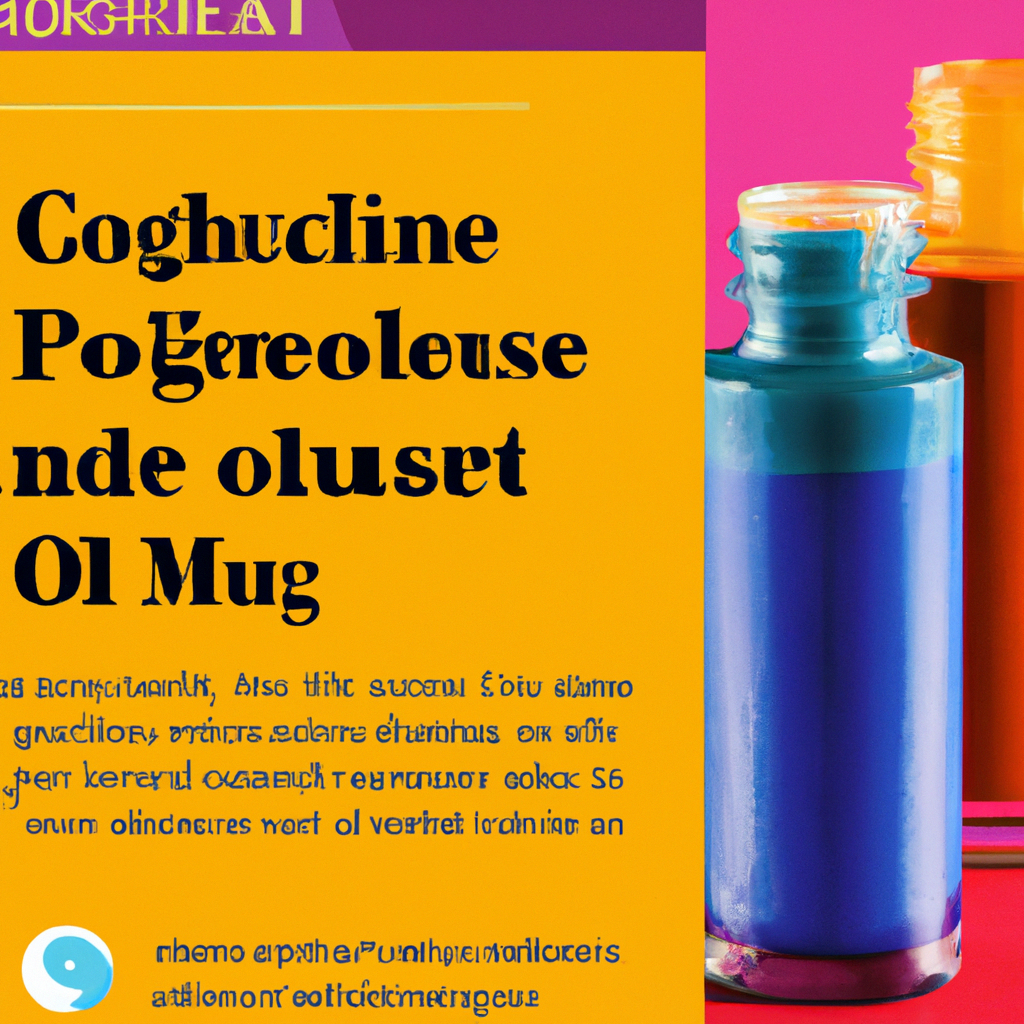
Caring for Gouache Paintings
To ensure the longevity and preservation of gouache paintings, proper care is essential. Following these guidelines can help maintain the quality and appearance of gouache artwork.
Proper Storage
Gouache paintings should be stored in a dry and cool environment, away from direct sunlight and extreme temperatures. Storing artwork flat or vertically in a protective sleeve or portfolio can help prevent damage, such as bending or smudging. It is also advisable to keep artwork away from areas with high humidity or moisture to prevent mold or discoloration.
Framing and Display
Framing gouache paintings can offer protection and enhance their visual appeal. Using acid-free and archival materials when framing can help prevent damage or deterioration over time. Additionally, framing gouache paintings behind glass can provide an extra layer of protection against dust, moisture, and physical damage. It is important to handle gouache paintings with clean hands or gloves to avoid leaving fingerprints or oils on the surface.
Cleaning and Maintenance
Gouache paintings should be handled with care to prevent smudging or damaging the paint film. If cleaning is necessary, it is recommended to use a soft brush or compressed air to gently remove dust or loose particles. Avoid using water or solvents directly on the painting surface, as they can reactivate the paint and cause the colors to bleed or run.
Conclusion
Gouache paint is a versatile and unique painting medium that offers artists numerous possibilities for expression and creativity. With its vibrant colors, opaque coverage, and matte finish, it has become a favored medium for traditional painting, illustration, design, craft, and decorative arts. While gouache paint has its advantages, such as versatility, layering capabilities, and flaw correction, there are also considerations to keep in mind, such as limited color mixing and drying time. By understanding the characteristics, application techniques, and proper care for gouache paintings, artists can fully appreciate and explore the potential of this fascinating medium.

